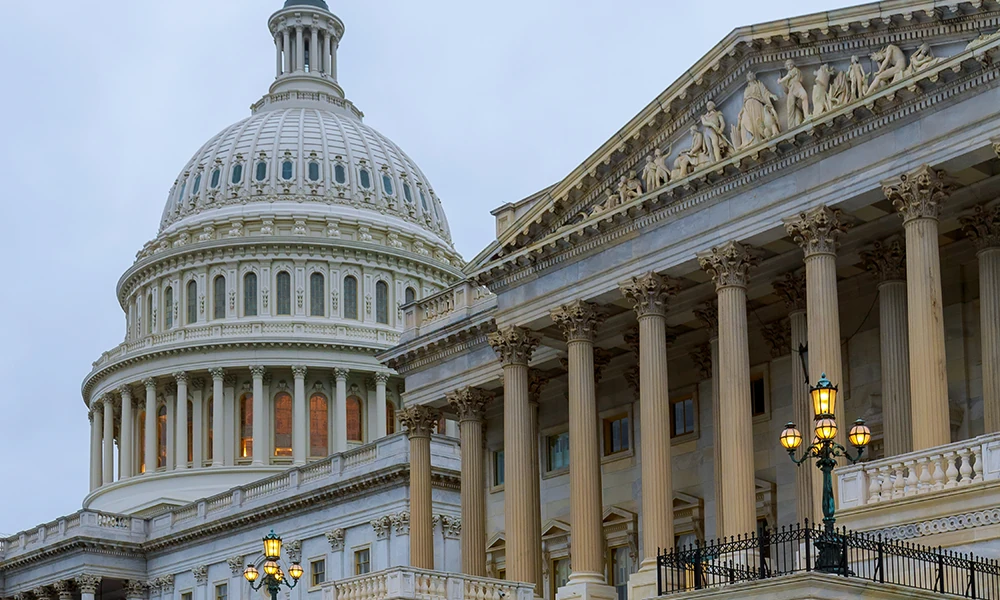Employee Stock Ownership Plans (ESOPs), the most common form of employee ownership in America, excel at helping bridge the gap in retirement wealth inequality.
Most ESOPs require no out-of-pocket contribution from employees. This frees employees to pay for necessary items, save, or invest in other retirement vehicles. ESOPs are fairly unique in this regard. According to a Vanguard report, “In a typical DC [defined contribution] plan, employees are the main source of funding, while employer contributions play a secondary role.”
The average employee in an ESOP company has accumulated $134,000 from his or her stake in the business, according to a 2018 Rutgers University study. This is 29 percent more than the average 401(k) balance of $103,866 reported by Vanguard the same year.
Among ESOP companies responding to a 2018 ESOP Association survey, 54.7 percent contributed 11 percent or more of pay to employees’ ESOP accounts. (Among Vanguard defined contribution retirement plans, 70 percent offer a maximum employer match of three percent.)
Many businesses offer their employees no retirement plan at all. By contrast, among ESOP companies responding to an ESOP Association survey, 93.6 percent offer their employees two retirement plans—a 401(k) plan in addition to the ESOP; 2.6 percent of responding ESOP companies offer a pension in addition to the ESOP.
Americans need retirement options—like ESOPs—that require no out-of-pocket contribution from employees. A Northwestern Mutual report found that 21 percent of Americans have no retirement savings at all. And 25 percent of employees who participate in a 401(k) fail to contribute enough to earn the full match from their employers—thereby losing $1,336 dollars per employee each year—according to a 2015 report from Financial Engines.







